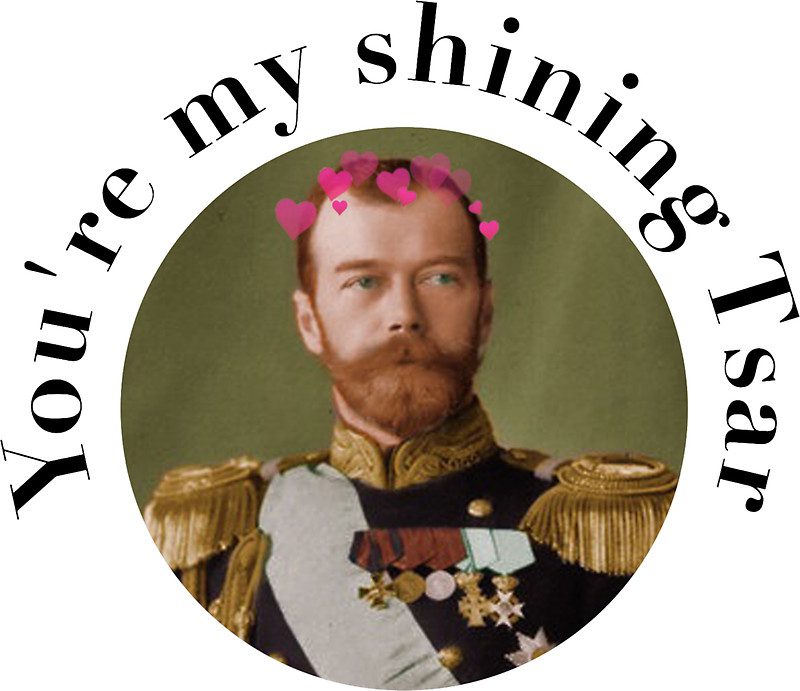As the new leader of the Soviet Union, Mikhail Gorbachev believed it was necessary to institute broad reforms that would revitalize the Soviet economy and increase productivity. His famous policies of Perestroika (“restructuring”) and Glasnost (“openness”) expanded political freedoms, decreased press and creative censorship, increased government transparency, and expanded democratic elements in local governments. Contrary to Gorbachev’s intentions, the legacy of his reforms is characterized by the exacerbation of preexisting tensions, especially those between Moscow and the USSR’s constituent republics. Expanded freedoms allowed nationalist movements to materialize and mobilize the masses and democratization saw the rise of pro-independence elements within the republics’ own Communist Parties. Leading this charge that would eventually end in the dissolution of the Soviet Union were the Baltic States of Estonia, Lithuania, and Latvia.

The Baltic States’ independence movements are collectively referred to as the Singing Revolution, in reference to the significant role the singing of patriotic songs held throughout the movement. Many of these songs were or would have been censored in years prior, but, due in part to Gorbachev’s reforms, enforcement of restrictions such as these were loosened. The music ranged from pre-Soviet national anthems and folk music to rock acts that attracted younger people to the movement. In the summer of 1988, Estonians spontaneously gathered at the Tallinn Song Festival Grounds, singing patriotic hymns and rock songs and waving Estonian national flags, the latter of which had also been banned under Soviet occupation. The demonstration lasted for days, attracting crowds of up to 100,000 people. Similarly, a rock music festival, “Roko maršas” (Rock March), was organized in cities throughout Lithuania between 1987 and 1989. Initially non-political, it became increasingly politically charged with the addition of displays of the Lithuanian flag and political speeches. The festival was crucial in spreading the independence movement to young people. Singing was a key component to many pro-independence demonstrations throughout the Baltic states, and symbolic of the non-violent nature of the movement as a whole.
As the shared Singing Revolution moniker indicates, Estonia, Latvia, and Lithuania’s independence movements, while technically separate, were strongly connected. The people of all three nations embraced the collective nature of their fight for independence. Nowhere is this more evident than in the organization of the Baltic Way demonstration. On 23 August 1989, the fiftieth anniversary of the signing of the Molotov-Ribbentrop Pact between Nazi Germany and the Soviet Union, roughly two million people gathered to create a 419.7 mile chain across the three countries, displaying remarkable unity and mass support for independence. In another show of unity, a trilingual song entitled “The Baltics Are Waking Up!” was composed for the occasion.
Another key component to the Baltic independence movements was environmental movements. In Estonia, Soviet plans to open new phosphorite mines, used in the manufacturing of fertilizers, were revealed to the public and met with popular opposition. The campaign that followed, commonly referred to as the Phosphorite War, argued that the expansion of mining would lead to environmental degradation and do little for Estonia itself. A similar campaign occurred in Latvia in response to Soviet plans to build a hydroelectric dam on the Daugava River. Lithuanians too rallied around many environmental causes in the mid to late 1980s. In all three countries, these movements were strongly tied to broader nationalistic ideas. There were widespread fears that the expansion of Soviet industry and the like would bring with it an influx of ethnic Russian workers, furthering Russification and threatening their own national identity. There was also the sense that their national sovereignty was limited, as they had little say in whether these projects were carried out. In this way, the environmental movements were a gateway to more blatant nationalistic, pro-independence movements and broader challenges to Soviet authority. The success of many of these movements also showed the waning strength of conservative, pro-Moscow elements in local Communist Party governments and motivated the Baltic people.

By the end of the decade independence was near and in 1990 all three countries held their first free elections as Soviet Republics and, in each case, elected pro-independence majorities to their Supreme Soviets. This resulted in declarations of independence from Latvia and Lithuania in the Spring of 1990 and Estonia in the Summer of 1991. Each country staved off vain attempts from Soviet forces and supporters to halt the independence movements. In January of 1991, Latvian demonstrators took to the streets of Riga, Latvia’s capital, and constructed barricades, protecting strategic government and communication buildings from Soviet OMON special forces. Six Latvians were killed in the fighting and several more were injured. The events became known as Barricade Time. In Lithuania, events were even bloodier. As Latvians did in Riga, Lithuanians in their pwn capital of Vilnius attempted to protect important buildings. On what became known as Bloody Sunday, the night of January 12 and the early morning of January 13, Soviet tanks and soldiers stormed a TV tower, killing 14 civilians and injuring nearly 1,000. Estonia was the only one to resist Soviet attacks without suffering any casualties. Soon after the August coup both the Soviet Union and the European Community officially recognized the sovereignty of the Baltic states and by the end of 1994, the new Russian Federation had withdrawn all forces.
The Baltic independence movements were unintended consequences of Mikhail Gorbachev’s reform policies. Perestroika, Glasnost, and democratization gave nationalist movements the freedom and power to gain support among the masses and within the local governments, exacerbating long-existing tensions that contributed to the complete collapse of the Soviet Union.
References

The riots that took place as a reaction to Gorbachev’s leadership was symbolic to the disapproval of the direction of the government from Latvia and Lithuania at the time. I was unaware how serious these riots were and that they had actually created a series of casualties. What specific environmental movements did people rally behind in this time of frustration?
LikeLike